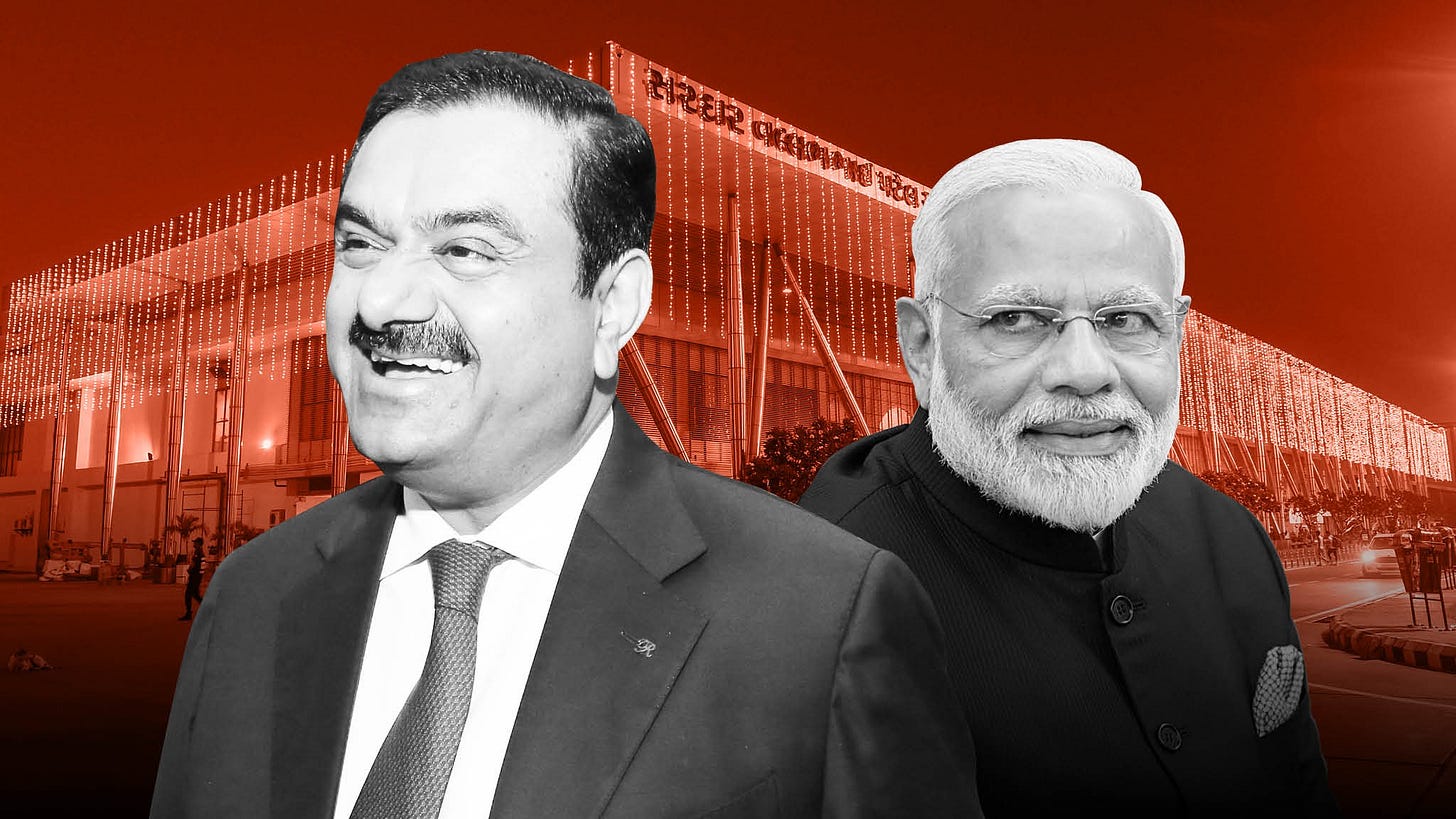Crony Capitalism and Stagnation for the Poorest: The Limits of Narendra Modi’s Indian Economic Model Are Coming to Light.
Hundreds of millions of Indians are not benefiting from the country's economic growth.
The horizon is already darkening for Narendra Modi's India. While the Asian giant was just beginning to recover from the COVID-19 pandemic, its growth will be lower than expected. This slowdown in the economy threatens progress in a country where the fruits of growth were already very unevenly distributed between rich and poor.
Due to the war in Ukraine …
Keep reading with a 7-day free trial
Subscribe to Sylvain Saurel’s Newsletter to keep reading this post and get 7 days of free access to the full post archives.




